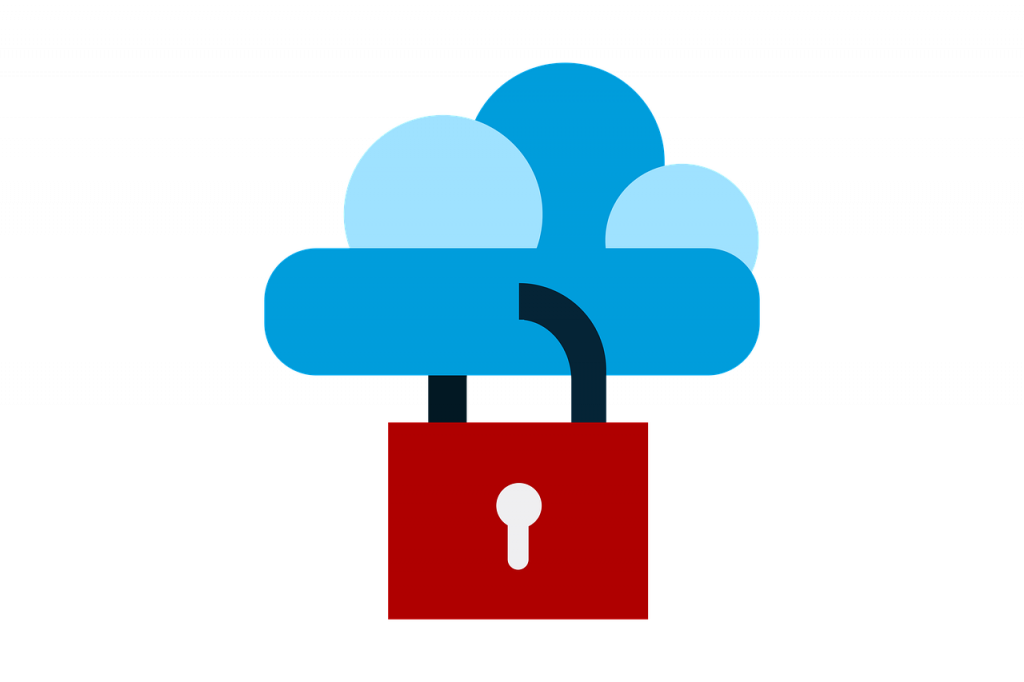Enterprises can no longer live up to their full potential without the cloud. According to Gartner, 80 percent of firms will close down their traditional datacenters by 2025. They are investing heavily in the cloud instead as is evident from the whopping $57.2 billion spent on cloud IT infrastructure in 2018. All signs point to the fact that the cloud will continue to make headway in the enterprise space. So, let’s look at some more details about the enterprise cloud trends that every business leader should know in 2019:
Growth of quantum computing
Think of quantum computers as the modern gold standard in efficiency. They are fully capable of delivering much-needed IT abilities, like weather forecasts, seamless data encryption, medical problem solving, and advanced AI capabilities.
Implementing quantum computing has been a dream of the IT industry, and in 2019, researchers will finally show progress in their attempt to have a quantum computer conduct tasks beyond the means of the most sophisticated supercomputers worldwide.
Cloud goes public thanks to demands of business leaders

Enterprise leaders have realized the true capabilities of the cloud, and they are working on projects to modernize and rationalize digital transformation processes. The public cloud not only facilitates digital transformation but is gradually becoming the primary platform for new and existing IT enterprise applications.
Thanks to the public cloud, enterprises now have the power to speed up digital transformation through rapid access to growing technologies, like Big Data analytics, cloud-native app development platforms, and the Internet of Things.
The implementation of a suitable public cloud platform enables an organization to become more cost-efficient over time.
They also make great strides in their agility and strategy without compromising on the enterprise requirements. In the end, you do not face any problems with reliability, availability, regulatory compliance, security, or disaster recovery. Rather, a good set of solutions allows you to improve the individual areas at your own pace and discretion.
GDPR confusion
Progress comes at a price, and in the case of the cloud, enterprise IT teams must deal with security issues. To make things worse, the implementation of the controversial GDPR (General Data Protection Regulation) throughout the EU has prompted a plethora of organizations to rush into the trend without giving a second thought to the possible security implications. In 2019, firms will find it progressively harder to check whether their data practices are compatible with GDPR requirements.

Thanks to digital transformation, an increasing number of enterprises will shift to the cloud in 2019, thereby increasing the cybersecurity threats too. In fact, 83 percent of organizational workloads will move to the cloud by 2020, which means more companies will have a lot to lose.
The thing is, GDPR makes cloud compliance a very difficult task. Very few IT companies even understand the way GDPR affects cloud services, making them more vulnerable to security threats.
Cloud providers express interest in enterprise IT
Decision-makers for enterprise IT groups cannot ignore the public cloud in 2019. Why? Because the confidence in cloud platforms is soaring higher than ever before.
It could have something to do with the fact that businesses now opt for providers who boast a reliable history in fulfilling the grueling cloud demands of enterprises as far as availability, security, performance, and efficiency are concerned.
What’s more, they are able to leverage new functionality meant to fulfill enterprise business needs, such as mission-critical workloads or bypassing the public Internet to run containerized workloads and virtual machines simultaneously.
Therefore, development cycles are accelerated considerably and developers now have the opportunity to connect the virtualized apps to next-gen cloud-native apps.
Why Kubernetes matters?
The war over container orchestration has found its winner – Kubernetes, which exhibits 27 percent current use, a far cry over Docker Swarm’s 12 percent adoption.
Mesosphere accounts for only 6 percent, but since Kubernetes and Marathon are not compared, it could be that the data is skewed since Mesosphere offers support for both.
Displaying container orchestration offerings from the likes of Google Cloud, Amazon Web Services, and Azure may also have affected the various segments as all of them are running Kubernetes. But it is evident that in the eyes of the enterprise cloud market, Kubernetes rules supreme when it comes to container orchestration.
Increase in enterprise cloud spending

Enterprises have invested heavily in the cloud. And they’re not planning to stop anytime soon. IDC, for example, increased its spending prediction for 2018 around the half-year period. Spending on cloud infrastructure will exceed 21 percent in 2018, and 2019 will only see the numbers rise. And this trend is widespread.
A whopping 21 percent of enterprises plan on doubling or going higher with their public cloud investments.
Rise of cloud services
In the near future, PaaS, IaaS, and SaaS will be unstoppable. One of the reasons for this unprecedented demand is the simplicity offered by the cloud. By 2019, we can safely assume that the cloud infrastructure will become the ace up the sleeve as well as the fundamental web server environment for both multi-national and local companies.
Open source developers will soon come dangerously close to developing tools capable of running platforms in the cloud, and thus, we are likely to witness more projects and applications like Dokku and Docker that generate a large chunk of the overall cloud revenue.
If you’re still not convinced and enterprise cloud and prefer cold hard facts, here are a few mentions to change your mind — PaaS (Platform as a Service) will possibly rise from 2016’s low 32 percent to 56 percent in 2019.
The same goes for IaaS (Infrastructure as a Service), which is likely to hit the $72.4 billion mark globally in the next two years. SaaS (Software as a Service) is also not behind, with an expected CAGR of 18 percent by 2020. So, it is crystal clear that cloud services are unstoppable and cloud computing is among the fastest growing platforms in the world.
Focusing on the future
Enterprise leaders will have to overcome greater hurdles than ever before to survive and thrive in this rapidly changing IT environment.
The enterprise cloud trends mentioned above are key areas where they can assign greater resources to remain relevant and ensure their goods and items stay ahead of the competition, not just in 2019, but beyond as well.
Featured image: Pixabay



